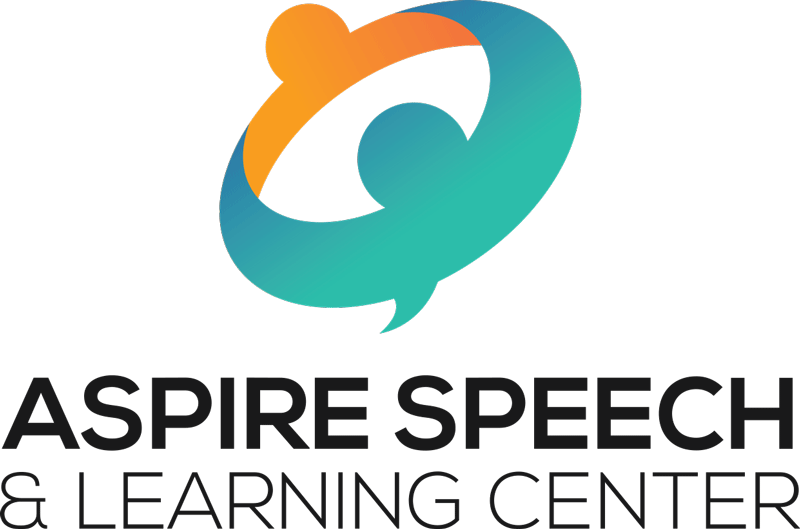Written by Jean Thompson
Merriam-Webster defines “diversity” as having or being composed of different elements or qualities. “Different” is defined as being unlike or distinct in nature, form, or quality/ the quality of being dissimilar. A phrase we often hear is that “it’s okay to be different.” Well, of course, it is okay! We are all human, and all us are “different” from each other: physically, emotionally, culturally, or in some other way. Currently, the conversation about diversity focuses on People of Color and raises questions about how we talk to our young children about race and ethnicity.
At an early age, children are exploring and identifying with the people in their surroundings. They see color but have not associated positive or negative emotions to color but are merely curious. Of course, there are exceptions when bias is introduced during a child’s early development. With the assumption that most parents want their children to be comfortable in a multicultural world, how can we use literature as a means of talking about color?
We need to be very aware of our home library’s contents and our selection of purchased books or books from our local library. This doesn’t mean throwing our old favorites unless they are blatantly biased, but we may want to look at the content of those books differently and use them as teachable moments. An example might be “What Kid of Family Do You Have” by Gretchen Super, published in 1992.
The illustrations are multiracial: Black, Hispanic, Asian, Caucasian. It talks about nuclear families, single-parent families, blended families, even adoptive, and foster families. But by today’s standards, something is missing.
Where are the biracial families or nuclear families with two moms or two dads? Times have changed, and the conversations about such changes are not always natural.
For very young children, an excellent place to start might be with books that don’t include humans but focus on animals that in nature would typically not get along but in the story are harmonious.
“The Mitten Story,” a classic folktale
and “Two Eggs, Please” by Sarah Weeks are good examples. “The Little Green Island with a Little Red House” by Sharon Lovejoy is an award-winning book that brings together the colors in nature and ends with a sparkling mirror. Frequently mentioned on book lists is “Whoever You Are” by Meme Fox.
With beautiful illustrations of children of different ethnicities from all over the world, the text emphasizes how they are the same. This book and others that include humans like “Everywhere Babies” by Susan Meyers have pictures of children of other races in ordinary settings. Point out the illustrations, label the pictures, talk about similarities and differences.
Preschoolers need a bit more context about the world they live in, particularly if they live in a homogeneous community. At this point, a child can develop empathy and a sense of fairness, so ask about the characters’ feelings in conflicting situations. “Horton Hears a Who” by Dr. Suess and “Everyone” by Christopher Silas Neal are good examples. When reading to your preschooler, you might ask questions about what’s going on, how the characters feel, and how they make you feel, how are they the same or different?
Diversity is a vast topic that covers so much more than color. Introducing your child from a very young age to general concepts of same/different, emotions, empathy, acceptance, fairness, and respect will pave the way to engage in conversations with your child regarding diversity in all areas. Literature is an excellent way for you, parent, or caregiver, to introduce and model your family’s values.
